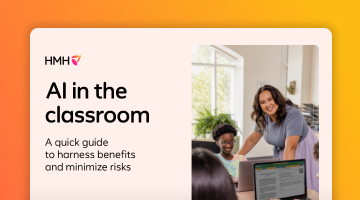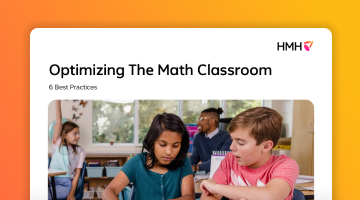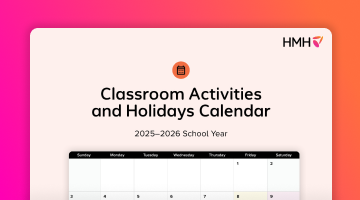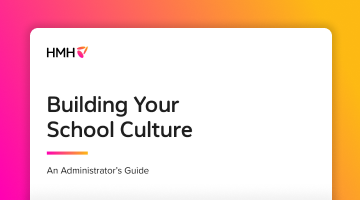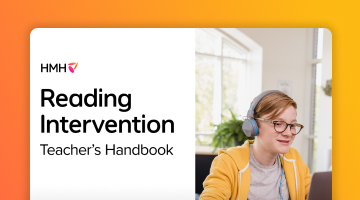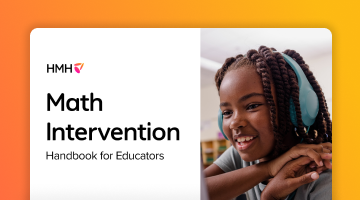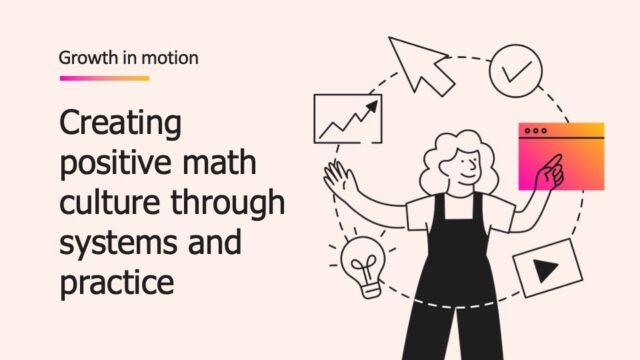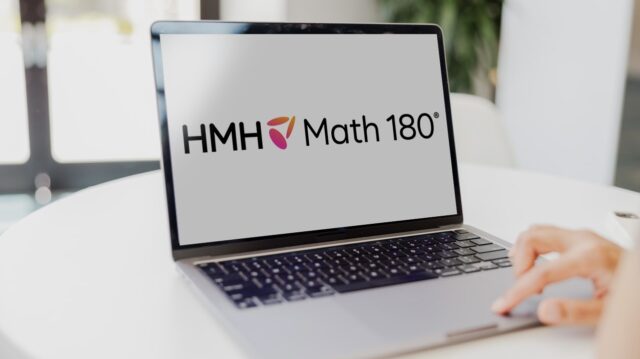
Reading intervention is crucial for helping students who struggle with literacy skills. By incorporating engaging and effective activities, teachers can make reading intervention both enjoyable and impactful. In this blog post, we'll explore seven fun reading intervention activities that can be used in the classroom. We'll cover a variety of strategies, including reading comprehension intervention activities and small group reading intervention activities, to support differentiated instruction and tier 3 reading intervention.
Reading comprehension intervention activities
Interactive read-alouds
Interactive read-alouds are a fantastic way to engage students in reading. Choose a book that is appropriate for the students' reading level and interests. Books should be grade-level or above texts to expose students to grade-level vocabulary, syntax, and complexity. As you read aloud, pause to ask questions, make predictions, and discuss the story. This activity helps improve comprehension and encourages students to think critically about the text. It’s also a strategy to build community in the classroom through the shared experience.
Read decodable books
Reading decodable books can be done as part of small-group reading intervention activities and are typically used in grades K-3. In the small group, each student has a copy of the decodable book. The phonics skills needed to decode the words in the book should correspond to the phonics skills students have learned in whole-group foundational lessons.

Word sorts
Word sorts are a fun and interactive way to help students with phonics, spelling, or vocabulary. Create a set of word cards and have students sort them into categories based on specific criteria, such as vowel sounds, nouns, or adjectives. The teacher can help students along by offering clues, such as the number of words in each category. This activity can be adapted for different skill levels and is particularly useful for tier 3 reading intervention.
Story mapping
Story mapping is an excellent reading comprehension intervention activity. Provide students with a graphic organizer that includes sections for the setting, characters, plot, conflict, and resolution. As they read a story, have them fill out the organizer. This activity helps students understand the structure of a story and improves their ability to recall and summarize information.

Vocabulary bingo
Vocabulary bingo is a fun reading intervention activity that helps students learn new words and repetition is a great strategy to help new vocabulary stick. Create bingo cards with vocabulary words and definitions. As you call out the definitions, students must find the corresponding word on their card. This activity can be adapted for different grade levels and is a great way to reinforce vocabulary learning.
Literature circles
Literature circles are a powerful small group reading intervention activity. Divide students into small groups and assign each group a book to read. Have students write down details about the text to share. For example, have them profile the main characters in short summaries. Within the group, students take on different roles, such as discussion leader, summarizer, or connector that helps to facilitate conversation. This activity promotes collaborative learning and allows students to engage deeply with the text and builds oral language proficiency, which is particularly beneficial for English language learners.
Phonics games
Phonics games are essential for early readers and those needing tier 3 reading intervention. Create games that focus on building phonological awareness and specific phonics skills, such as matching sounds to letters or blending sounds to form words. These games can be played individually or in small groups and are a fun way to reinforce phonics instruction.
Incorporating fun reading intervention activities into your classroom can make a significant difference in your students' literacy development. Whether you're focusing on reading comprehension intervention activities or small-group reading intervention activities, these strategies can help support differentiated instruction and meet the needs of all learners.
***
Explore how Read 180, developed using the latest cognitive neuroscience, can help students in Grades 3–12 gain up to two years average growth in one year.
Get the guide "Beyond Intervention: How to Make Proficiency Stick for Every Learner."

